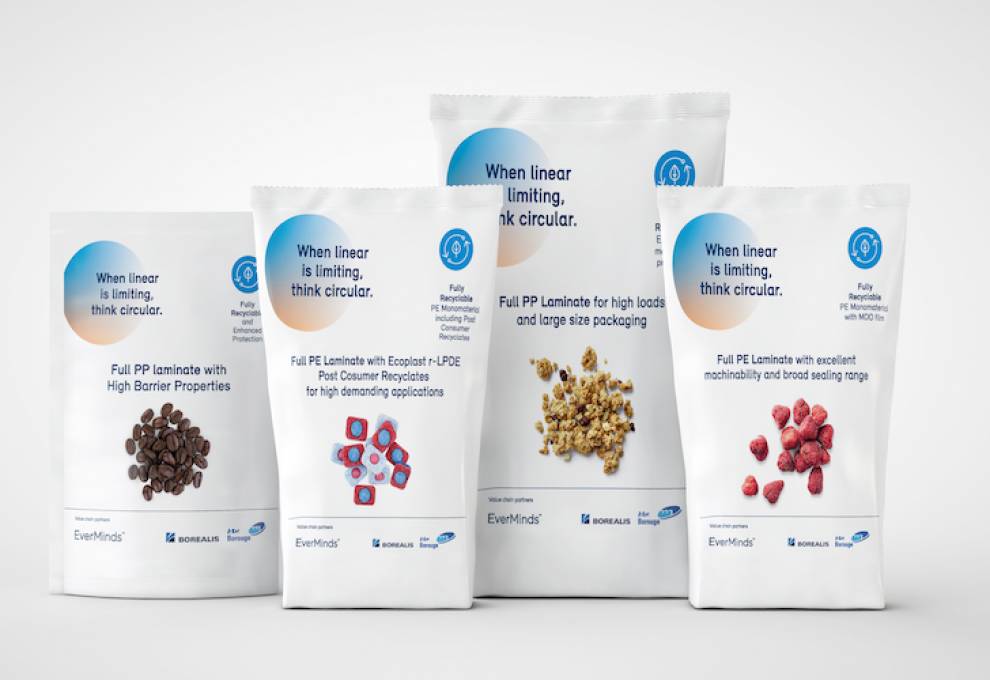
Just when research started to show Canadians were shifting their concerns from food safety to food waste, along came the COVID-19 pandemic.
Understandably, people want the industry to use packaging that will limit their exposure to the virus. You can’t blame them.
But going full circle, it’s likely that the next time Canadians’ food concerns are researched, food waste will percolate to the top again. The very thought of food waste makes most of us wince at the best of times -- but even more so when we’re experiencing food insecurity, many of us for the first time ever.
It’s real. Agriculture and Agri-Food Canada is warning that this summer we may have neither the variety nor the affordability we’re used to. That’s no shock, given what we’ve watched happen in the livestock sector, not to mention the challenges that will face horticultural production because of hiccups getting international farm workers in place in a timely manner.
But as Martin Gooch at Value Chain Management International and his colleagues point out in a major new report called Less food loss, less packaging waste, some tough choices lie ahead for the industry for getting commodities not just out of the fields, but in front of consumers too.
Some of the 103-page report, which was commissioned by the National Zero Waste Council in collaboration with partner organizations, focusses on bulk food. It’s long been regaled as a way to reduce packaging…but is it suddenly unrealistic? Ask consumers scared out of their wits about COVID-19 if they think buying unpackaged food in bulk is a good idea now – food that’s out in the open, in bins where anyone can handle it, cough or sneeze on it and contaminate it -- and you can anticipate the answer.
Conventional packaging offers convenience, along with other benefits. And it’s an integral part of the industry. To date, the packaging industry has largely driven the bus, says Gooch – despite concerns, it’s packaging manufacturers and suppliers, not consumers or producers, that have determined what kinds of packaging will be used. The packaging industry has preferred to manufacture their products from cheap, virgin plastic, and Gooch is concerned.
“We’re living on credit when it comes to the environmental impact of plastic packaging,” he says.
In the report, Gooch argues that it’s no longer a matter of managing the flow of packaging. Rather, the use of virgin materials must be reduced, stopped before they even get into the system.
For example, he says, how about moving away from non-recyclable multi-resin laminate bags, and instead using mono-resin laminate bags? They can do the same job. Although some packaging that fits within a circular economy may not be as vibrant on the shelf as the current offering, Gooch says a generation of sustainability-minded consumers could be trained to adapt to this kind of packaging if it was better for the environment.
“We can’t change consumer behaviour carte blanche, but consumers are prepared to act more responsibly if given the chance,” he says.
However, isolated efforts on a farm or by a processor won’t mean much unless there are national, meaningful standards that reflect the truthfulness of the packaging from a circular economy perspective. Gooch cringes at the term biodegradable packaging; it’s often an abused, marketing gimmick, not an honest representation of the packaging, he says.
“Biodegradable packaging could take eight weeks to break down, or hundreds of years,” he says. “There are no enforceable standards or protocols.”
And in most provinces, few incentives exist for the municipalities that receive truly environmentally-friendly packaging to deal with it differently than less sustainable materials that go into landfills.
The industry needs to get together on this. Food packaging can be a key to less food waste. But if packaging that keeps food from spoiling is damaging the environment, is there any sense in it?
“So much talk has taken place about food waste and food packaging, but no one has brought them together,” says Gooch. “That’s what we’re trying to do, to produce outcomes that industry can act upon.”
The report concludes with recommendations for industry and wider stakeholders, including government. Actions that individual growers can take include:
- From your packaging supplier, obtain technical specifications on current and alternative packaging materials.
- Seek packaging material advice from your peers, a cooperative or your industry advocacy group.
- Ask your key retail and foodservice customers about their intentions regarding allowable packaging materials.
The report can be found at www.nzwc.ca

Add new comment